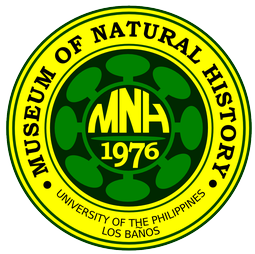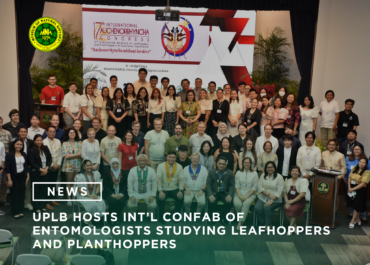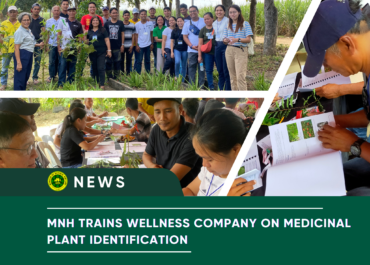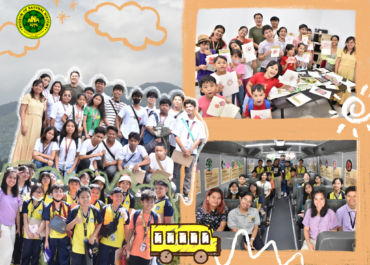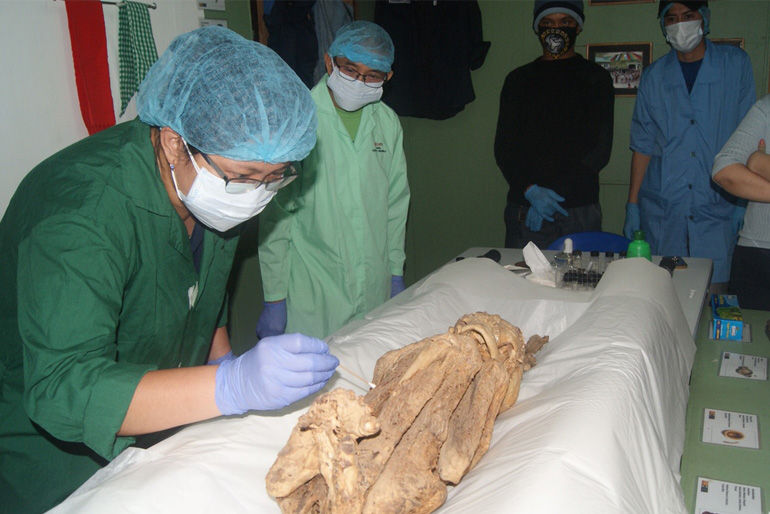
The Museum of Natural History is currently working with the National Museum of the Philippines in documenting, identifying, and assessing fungi that are present in the Cordillera mummies as the initial approach in the preservation and conservation of the mummies and associated material culture (coffins, textiles and burial sites). The Kabayan Mummy Burial Sites are listed as National Cultural Treasures by the National Museum of the Philippines pursuant to Presidential Decree No. 260 in 1973.
The Kabayan mummies, also known as the Fire Mummies of Benguet, are a group of mummies found along natural caves in the mountain slopes of Kabayan, Benguet which were made as early as 2000 BC. The mummy caves are secret burial niches protected by the native groups, particularly the Ibalois and Kankanays. Protection, however, is mostly a physical barrier and security from theft, vandalism and destruction.
“The mummies are also very prone to unseen factors that cause eventual deterioration,” said MNH’s microbiologist and researcher Dr. Marian P. De Leon. “The changing climate is one culprit, causing bacteria and fungi to grow inside the caves and on the coffins which threaten the mummies’ preserved state,” she added.
The Kabayan mummies are unique, the bodies are in a fetal position and have been dried through smoking and heating and treated with herbs before being placed inside pinewood coffins in rock shelters, caves or burial niches. “Increasing moisture in caves may cause damage to the coffins, the mummies’ bodies and the clothing with which they were buried,” Dr. De Leon explained.
From April 24 to May 3, 2017, Dr. De Leon and museum technician Manuel M. Baldovino visited Kabayan and Buguias, Benguet with the National Museum Mummy Burial Site Research and Conservation Management Task Force. The visit was part of the National Museum’s project to analyze the physical, biological, and socio-cultural factors inside the burial areas to come up with solutions that would lengthen the mummies’ preservation state.
The role of MNH, through the Microbial Culture Collection & Laboratory, is to provide fungal assessment necessary in formulating measures to help conserve the mummies. Currently, the study is on the stage of identifying the fungi from collected samples. After this, the team will return to Benguet to present the results.
Dr. De Leon is very interested in helping to assess the condition of the mummies and the caves in which they are located.. “Very few microbiological studies have been done on Philippine mummies owing to the secrecy of most sites and the long distance and difficulty of dangerous travel,” Dr. De Leon shared.
Dr. De Leon also shared the obstacles that the team has encountered during the collection of samples. One of these challenges is the eight-hour travel from Baguio to the research sites which weave through accident-prone areas. On some days, the thick fog made it difficult to collect samples.
“The foggy climate also has a negative impact on the mummies’ condition as moisture may have been trapped inside the coffins and hasten the mummies’ deterioration,” De Leon said. Tourism is another concern and is a risk both for the mummies and the public. Opening and closing the coffins as part of the tourist attraction may pose as a health risk. “Microbes that form inside the coffins due to favorable environmental conditions can both increase the decay of the mummies and affect tourists who breathe in the organisms during the viewing,” she explained.
Despite these challenges, the team is very determined to complete the studies. Personally for Dr. De Leon, it will be worth it because she understands and believes in the study’s contribution to ethnic identity. She explained that studies like these provide more time and opportunity for researchers from various disciplines to discover gaps of Benguet and Ibaloi heritage in the context of the nation’s identity.
Search
Archives
Categories
- Announcement (21)
- Feature (21)
- News (141)
- Press Release (55)
- Research (4)
- Services (3)
